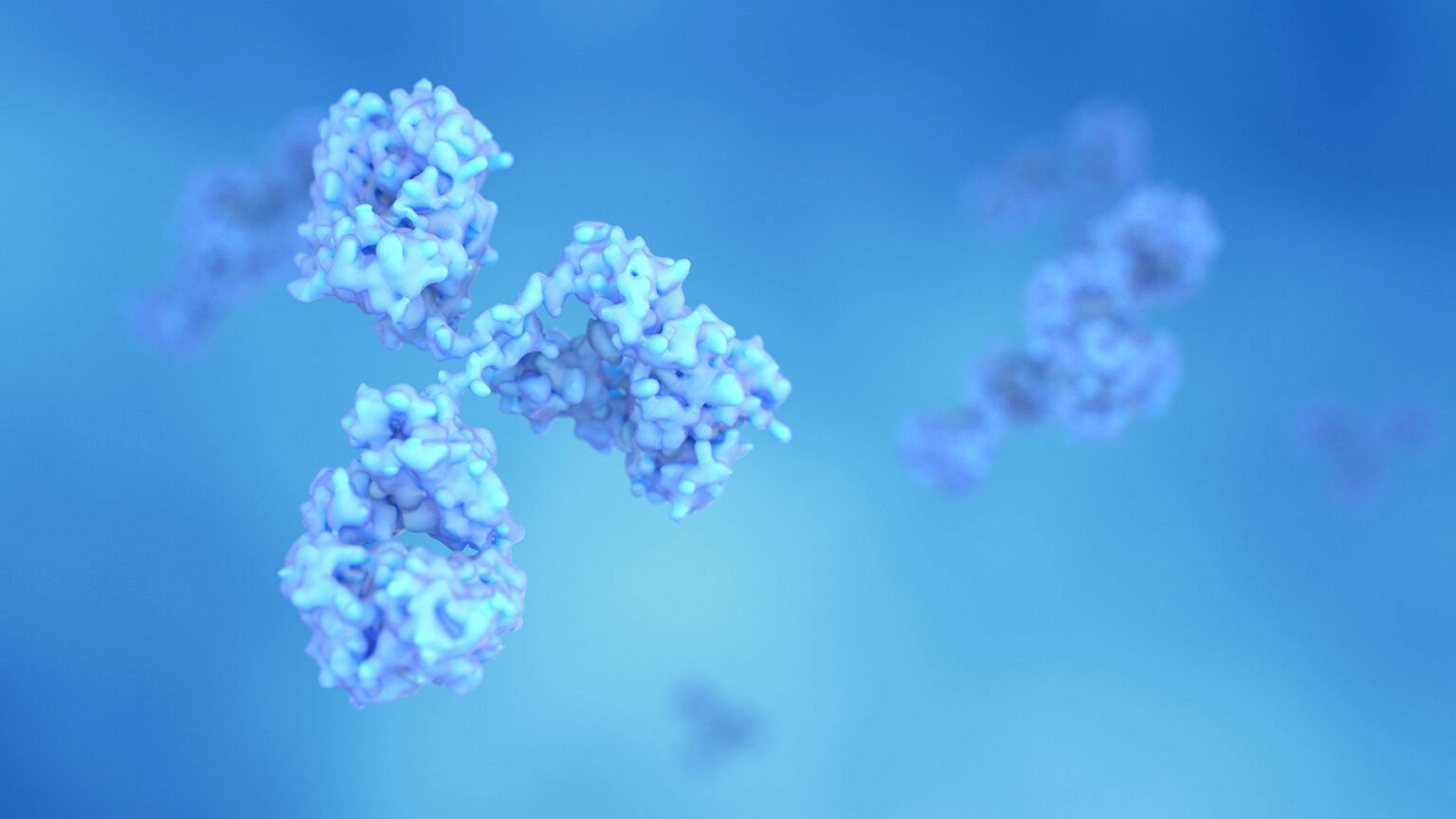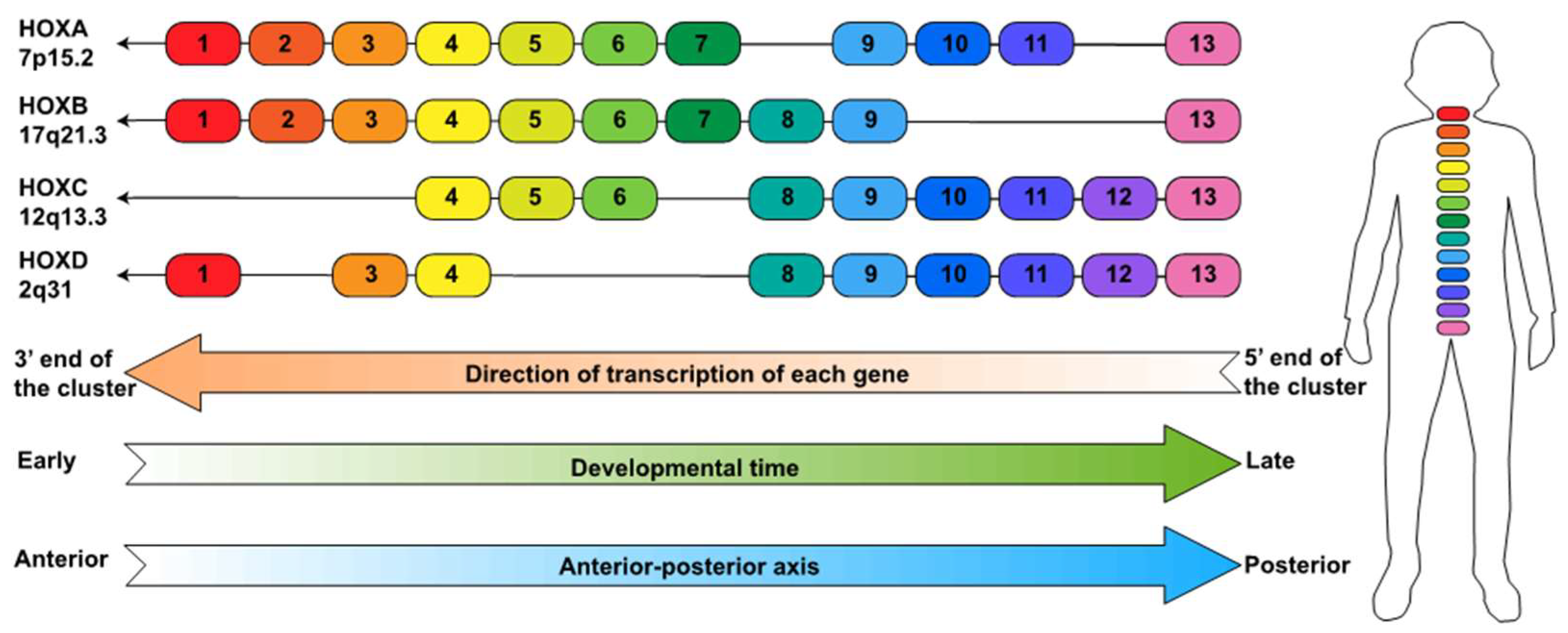Filters
Host (768597)
Bovine (1090)Canine (20)Cat (408)Chicken (1642)Cod (2)Cow (333)Crab (15)Dog (524)Dolphin (2)Duck (13)E Coli (239129)Equine (7)Feline (1864)Ferret (306)Fish (125)Frog (55)Goat (36847)Guinea Pig (752)Hamster (1376)Horse (903)Insect (2053)Mammalian (512)Mice (6)Monkey (601)Mouse (96266)Pig (197)Porcine (70)Rabbit (358709)Rat (11723)Ray (55)Salamander (4)Salmon (15)Shark (3)Sheep (4247)Snake (4)Swine (301)Turkey (57)Whale (3)Yeast (5336)Zebrafish (3022)Isotype (157155)
IgA (13675)IgA1 (943)IgA2 (319)IgD (1949)IgE (5619)IgG (87472)IgG1 (16737)IgG2 (1330)IgG3 (2720)IgG4 (1691)IgM (22166)IgY (2534)Label (239340)
AF488 (2465)AF594 (662)AF647 (2324)ALEXA (11546)ALEXA FLUOR 350 (255)ALEXA FLUOR 405 (260)ALEXA FLUOR 488 (672)ALEXA FLUOR 532 (260)ALEXA FLUOR 555 (274)ALEXA FLUOR 568 (253)ALEXA FLUOR 594 (299)ALEXA FLUOR 633 (262)ALEXA FLUOR 647 (607)ALEXA FLUOR 660 (252)ALEXA FLUOR 680 (422)ALEXA FLUOR 700 (2)ALEXA FLUOR 750 (414)ALEXA FLUOR 790 (215)Alkaline Phosphatase (825)Allophycocyanin (32)ALP (387)AMCA (80)AP (1160)APC (15217)APC C750 (13)Apc Cy7 (1248)ATTO 390 (3)ATTO 488 (6)ATTO 550 (1)ATTO 594 (5)ATTO 647N (4)AVI (53)Beads (225)Beta Gal (2)BgG (1)BIMA (6)Biotin (27817)Biotinylated (1810)Blue (708)BSA (878)BTG (46)C Terminal (688)CF Blue (19)Colloidal (22)Conjugated (29246)Cy (163)Cy3 (390)Cy5 (2041)Cy5 5 (2469)Cy5 PE (1)Cy7 (3638)Dual (170)DY549 (3)DY649 (3)Dye (1)DyLight (1430)DyLight 405 (7)DyLight 488 (216)DyLight 549 (17)DyLight 594 (84)DyLight 649 (3)DyLight 650 (35)DyLight 680 (17)DyLight 800 (21)Fam (5)Fc Tag (8)FITC (30165)Flag (208)Fluorescent (146)GFP (563)GFP Tag (164)Glucose Oxidase (59)Gold (511)Green (580)GST (711)GST Tag (315)HA Tag (430)His (619)His Tag (492)Horseradish (550)HRP (12960)HSA (249)iFluor (16571)Isoform b (31)KLH (88)Luciferase (105)Magnetic (254)MBP (338)MBP Tag (87)Myc Tag (398)OC 515 (1)Orange (78)OVA (104)Pacific Blue (213)Particle (64)PE (33571)PerCP (8438)Peroxidase (1380)POD (11)Poly Hrp (92)Poly Hrp40 (13)Poly Hrp80 (3)Puro (32)Red (2440)RFP Tag (63)Rhodamine (607)RPE (910)S Tag (194)SCF (184)SPRD (351)Streptavidin (55)SureLight (77)T7 Tag (97)Tag (4710)Texas (1249)Texas Red (1231)Triple (10)TRITC (1401)TRX tag (87)Unconjugated (2110)Unlabeled (218)Yellow (84)Pathogen (489800)
Adenovirus (8685)AIV (317)Bordetella (25038)Borrelia (18284)Candida (17818)Chikungunya (639)Chlamydia (17666)CMV (121402)Coronavirus (5949)Coxsackie (859)Dengue (2872)EBV (1512)Echovirus (215)Enterovirus (677)Hantavirus (259)HAV (907)HBV (2098)HHV (876)HIV (7866)hMPV (302)HSV (2357)HTLV (635)Influenza (22155)Isolate (1208)KSHV (396)Lentivirus (3755)Lineage (3025)Lysate (127759)Marek (94)Measles (1169)Parainfluenza (1692)Poliovirus (3033)Poxvirus (81)Rabies (1530)Reovirus (536)Retrovirus (1069)Rhinovirus (511)Rotavirus (5358)RSV (1786)Rubella (1071)SIV (279)Strain (67791)Vaccinia (7233)VZV (667)WNV (369)Species (2987996)
Alligator (10)Bovine (159807)Canine (120802)Cat (13115)Chicken (113988)Cod (1)Cow (2031)Dog (12746)Dolphin (21)Duck (9606)Equine (2012)Feline (1019)Ferret (259)Fish (12875)Frog (1)Goat (90540)Guinea Pig (87959)Hamster (36959)Horse (41295)Human (956861)Insect (653)Lemur (119)Lizard (24)Monkey (110966)Mouse (471610)Pig (26206)Porcine (131969)Rabbit (127881)Rat (349250)Ray (443)Salmon (348)Seal (8)Shark (29)Sheep (105151)Snake (12)Swine (517)Toad (4)Turkey (244)Turtle (75)Whale (45)Zebrafish (535)Technique (5598094)
Activation (170406)Activity (10803)Affinity (44632)Agarose (2604)Aggregation (199)Antigen (135454)Apoptosis (27472)Array (2022)Blocking (71768)Blood (8533)Blot (10966)ChiP (815)Chromatin (6286)Colorimetric (9913)Control (80066)Culture (3218)Cytometry (5481)Depletion (54)DNA (172469)Dot (233)EIA (1039)Electron (6275)Electrophoresis (254)Elispot (1294)Enzymes (52752)Exosome (4280)Extract (1090)Fab (2230)FACS (43)FC (80930)Flow (6666)Fluorometric (1407)Formalin (97)Frozen (2671)Functional (708)Gel (2484)HTS (136)IF (12906)IHC (16566)Immunoassay (1589)Immunofluorescence (4119)Immunohistochemistry (72)Immunoprecipitation (68)intracellular (5602)IP (2842)iPSC (259)Isotype (8791)Lateral (1585)Lenti (319416)Light (37262)Microarray (47)MicroRNA (4835)Microscopy (52)miRNA (88044)Monoclonal (516109)Multi (3844)Multiplex (302)Negative (4261)PAGE (2521)Panel (1520)Paraffin (2587)PBS (20270)PCR (9)Peptide (276241)PerCP (13759)Polyclonal (2762994)Positive (6336)Precipitation (61)Premix (130)Primers (3467)Probe (2627)Profile (229)Pure (7808)Purification (15)Purified (78306)Real Time (3042)Resin (2955)Reverse (2436)RIA (460)RNAi (17)Rox (1022)RT PCR (6608)Sample (2667)SDS (1528)Section (2895)Separation (86)Sequencing (122)Shift (22)siRNA (319447)Standard (42468)Sterile (10171)Strip (1863)Taq (2)Tip (1176)Tissue (42844)Tube (3306)Vitro (3577)Vivo (981)WB (2515)Western Blot (10683)Tissue (2016453)
Adenocarcinoma (1075)Adipose (3463)Adrenal (657)Adult (4883)Amniotic (65)Animal (2447)Aorta (436)Appendix (89)Array (2022)Ascites (4377)Bile Duct (20)Bladder (1675)Blood (8533)Bone (27361)Brain (31209)Breast (10918)Calvaria (28)Carcinoma (13496)cDNA (58547)Cell (413893)Cellular (9357)Cerebellum (700)Cervix (232)Child (1)Choroid (19)Colon (3911)Connective (3602)Contaminant (3)Control (80066)Cord (661)Corpus (148)Cortex (698)Dendritic (1849)Diseased (265)Donor (1360)Duct (861)Duodenum (643)Embryo (425)Embryonic (4586)Endometrium (466)Endothelium (1424)Epidermis (166)Epithelium (4224)Esophagus (716)Exosome (4280)Eye (2033)Female (475)Frozen (2671)Gallbladder (155)Genital (5)Gland (3437)Granulocyte (8990)Heart (6851)Hela (413)Hippocampus (325)Histiocytic (74)Ileum (201)Insect (4880)Intestine (1945)Isolate (1208)Jejunum (175)Kidney (8079)Langerhans (283)Leukemia (21559)Liver (17346)Lobe (835)Lung (6064)Lymph (1208)Lymphatic (639)lymphocyte (22588)Lymphoma (12791)Lysate (127759)Lysosome (2813)Macrophage (31825)Male (1617)Malignant (1467)Mammary (1987)Mantle (1042)Marrow (2210)Mastocytoma (3)Matched (11710)Medulla (156)Melanoma (15525)Membrane (105788)Metastatic (3575)Mitochondrial (160328)Muscle (37432)Myeloma (748)Myocardium (11)Nerve (6403)Neuronal (17035)Node (1206)Normal (9488)Omentum (10)Ovarian (2511)Ovary (1173)Pair (47185)Pancreas (2843)Panel (1520)Penis (64)Peripheral (1912)Pharynx (122)Pituitary (5415)Placenta (4040)Prostate (9433)Proximal (318)Rectum (316)Region (202211)Retina (956)Salivary (3119)Sarcoma (6946)Section (2895)Serum (24903)Set (167656)Skeletal (13634)Skin (1882)Smooth (7581)Spinal (424)Spleen (2292)Stem (8896)Stomach (925)Stroma (49)Subcutaneous (47)Testis (15393)Thalamus (127)Thoracic (60)Throat (40)Thymus (2988)Thyroid (14147)Tongue (144)Total (10158)Trachea (227)Transformed (175)Tubule (48)Tumor (76988)Umbilical (208)Ureter (73)Urinary (2467)Uterine (303)Uterus (414)Homeobox Genes and Their Pivotal Role in Development and Disease
In the realm of molecular biology and developmental genetics, few gene families have been as foundational and as fascinating as the homeobox (HOX) genes. These genes encode sequence-specific transcription factors that orchestrate the program of cellular identity along the anterior–posterior axis of metazoan organisms. In essence, HOX genes act like a biological coordinate system: telling cells where they are, what they should become, and when they should start and stop certain programs of differentiation.
Genprice
Scientific Publications

Homeobox Genes and Their Pivotal Role in Development and Disease
What are HOX genes?
HOX genes belong to the larger homeobox super-family (genes that contain the ~180 bp homeobox sequence encoding a 60 amino-acid homeodomain). The homeodomain allows the encoded proteins to bind DNA in a sequence-specific manner, hence regulating downstream gene expression. UniProt+1 In vertebrates, four major HOX clusters exist: HOXA, HOXB, HOXC and HOXD, each located on a different chromosome, and containing multiple tandemly-arranged genes. genecards.org+1
The functional importance of HOX genes
During embryogenesis, HOX genes define positional identity, they determine, for example, whether a cell becomes part of the thorax, abdomen, or limb. They influence cell differentiation, proliferation, migration, and apoptosis. Disruption of HOX gene function can lead to dramatic developmental defects (e.g., limb malformations, genitourinary abnormalities). genecards.org+1
Beyond development, HOX genes also have roles in adult tissue homeostasis and pathophysiology. Mis-expression, epigenetic alteration or deregulation of HOX genes is increasingly implicated in cancer, metastasis, drug resistance and other disease processes. NCBI

Spotlight on HOXD8 (Homeobox protein Hox-D8)
One gene in this family, HOXD8 (Homeobox protein Hox-D8), is the focus of increasing interest. HOXD8 is a sequence-specific transcription factor encoded on human chromosome 2q31-q37 within the HOXD cluster. genecards.org+1
Research indicates that HOXD8 may:
- Contribute to positional identity during embryonic development. UniProt+1
- Be involved in adult tissue function, particularly in the urogenital tract. genecards.org
- Play a role in cancer biology: for example, studies show HOXD8 is up-regulated in cisplatin-resistant ovarian cancer cells and in advanced metastatic settings. Nature+1
The fact that HOXD8 is both developmentally important and implicated in disease makes it a compelling target for research—whether that research involves developmental biology, cancer biology, epigenetics, or drug-resistance mechanisms.

Why Quantification of HOXD8 Matters: Research Applications and Implications
Research applications
Accurate measurement of HOXD8 levels (mRNA, protein or activity) enables investigators to:
- Track developmental gene regulation and lineage specification in model systems or stem cell differentiation studies.
- Investigate the role of HOXD8 in cancer for example, its expression in resistant cell lines, its association with metastasis, and its potential as a biomarker. For instance: HOXD8 has been shown to be up-regulated in cisplatin-resistant ovarian cancer and associated with metastasis. Nature
- Explore epigenetic regulation: e.g., hypermethylation of HOXD8 has been identified as a biomarker for biliary tract cancer. NCBI
- Explore mechanisms of cellular differentiation, migration, apoptosis and proliferation — given HOXD8’s known functions.
- Develop translational research hypotheses: e.g., could HOXD8 expression levels guide prognosis? Could HOXD8 be manipulated therapeutically?

Why a dedicated ELISA or kit is important
Because HOXD8 is a protein transcription factor, localized to the nucleus, active in gene regulatory networks the ability to quantify the actual protein level or activity (rather than just mRNA) is highly valuable. Protein-level measurement gives a closer proxy for functional involvement. For translational or preclinical studies (e.g., cancer, metastasis), quantifying HOXD8 via a reliable assay enables:
- Comparisons across tissues, conditions or treatments (drug vs control)
- Potential development of biomarkers (protein expression, abundance)
- Reproducible data for publication, validation and downstream applications
Thus, a robust ELISA kit specific for HOXD8 offers a key tool in the investigator’s toolbox.
Introducing the Product on Genprice: HOXD8 ELISA Kit
We are pleased to highlight the product available from Genprice: Human Homeobox protein Hox-D8, HOXD8 ELISA KIT (Catalog: 772-E5431Hu-01; Size: 48 Well), as listed on the Genprice website :
https://genprice.com/homeobox-protein-kit/human-homeobox-protein-hox-d8-hoxd8-elisa-kit-16839656 Genprice

Key Features
Target: Human HOXD8 (Homeobox protein Hox-D8)
Format: 48 well ELISA kit — optimized for detection and quantification of HOXD8 protein. Genprice
Intended Use: Research Use Only (not for diagnostic or in-vivo applications) — a standard specification to ensure proper research compliance. Genprice
Shipping/Storage Info: Stock status indicates “24/48H Stock Items & 2 to 6 Weeks non-Stock Items” and “Dry Ice Shipment: No.” This implies ambient or cold pack shipping rather than dry ice, simplifying logistics. Genprice
